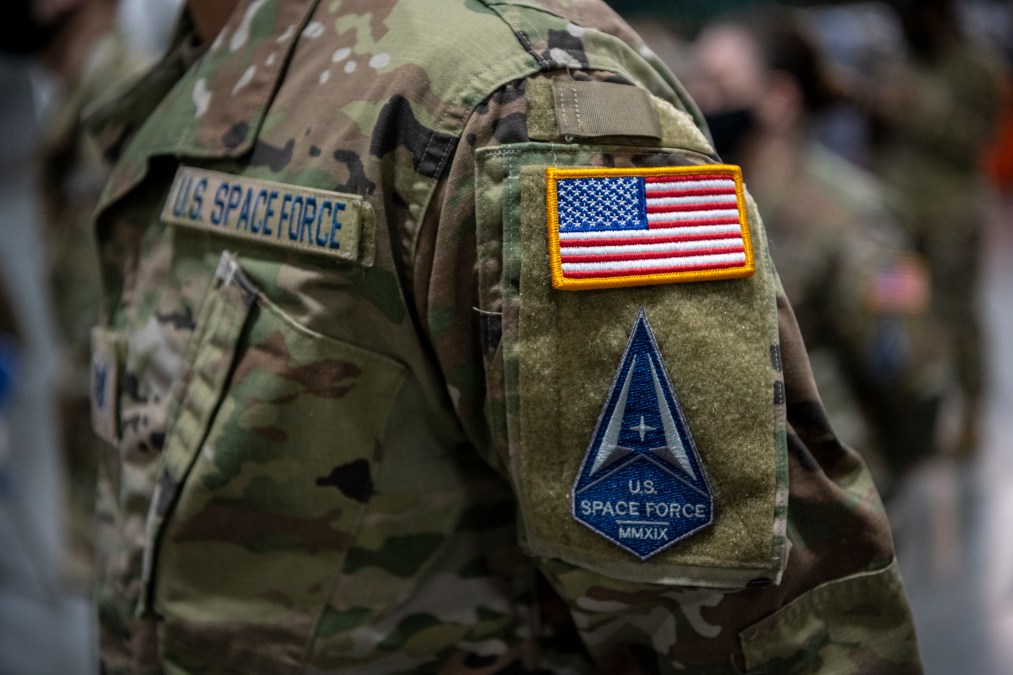Lawmakers direct DOD to examine feasibility, costs of standing up a Space National Guard

Members of Congress want the Pentagon to do a feasibility study and cost-benefit analysis of the space functions conducted by the Air National Guard — and the possibility of moving those missions to the Space Force or creating a Space National Guard.
Under the directive, which was included in the compromise draft of the fiscal 2024 National Defense Authorization Act, the secretary defense must conduct a study “to assess the feasibility and advisability of transferring all covered space functions of the National Guard to the Space Force,” according to the bill text.
The study must include an analysis and recommendations of three possibilities — maintaining the current model that has the Air National Guard units and personnel performing space functions; folding those functions, units and personnel to the Space Force; or establishing a new National Guard component of the Space Force that would instead perform those functions.
In June, the House Armed Services Military Personnel Subcommittee initially moved legislation forward that would create a Space National Guard under the 2024 NDAA. However, the Senate’s version of the defense bill differed from House — instead calling for the Pentagon to contract a federally funded research-and-development center to conduct an independent assessment of the issue.
The compromise legislation noted that the House receded but added an amendment that would require the secretary of defense to conduct the feasibility study rather than an independent organization.
Since the Space Force was established in 2019, the possibility of standing up a Space National Guard has been up in the air. As it stands, Air National Guard units conducting space operations do work for the Space Force despite not being directly tied to the nascent service.
Advocates of creating a Space National Guard argue that standing up such an organization would be fairly inexpensive, allow guard members better perform their missions and deliver new capabilities.
But a previous proposal led to a 2021 analysis by the White House Office of Management and Budget, which estimated that it would cost $500 million annually to establish a Space National Guard and just lead to more bureaucratic red tape at the Pentagon. As such, the proposal was blocked by the Biden administration.
The new legislation clarifies that “space functions of the National Guard” include all units, personnel, equipment and resources currently in the Air National Guard that are either essential to a “core space-related function” or at least integral to the Space Force’s mission. Those functions will be defined by the secretary of the Air Force and the chief of space operations.
Along with the cost-benefit analysis of each possible outcome, the assessment should outline “any risks or benefits to the mission or readiness of the Space Force, including the ability of the Space Force to meet applicable objectives of the National Defense Strategy, that may be presented by transferring or consolidating units of the Air National Guard,” the legislated stated.
If passed by lawmakers, the secretary of defense will be required to provide an interim briefing with the House Armed Services Committee and the Senate Armed Services Committee by Feb. 1. The final, unclassified report would be due to the committees no later than March 1.






